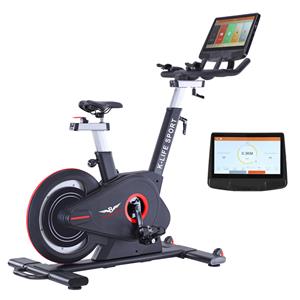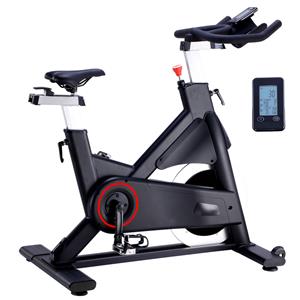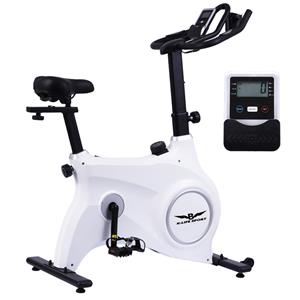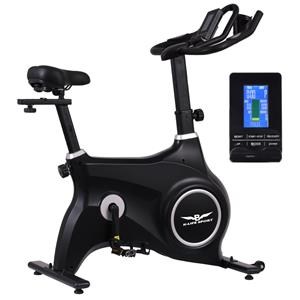How To Choose A Bike Seat For An Exercise Bike
Choosing the right bike seat, also known as a saddle, for your exercise bike is important to ensure comfort and support during your workouts. Here are some tips to help you choose a suitable bike seat:
1. Consider Your Riding Style: Think about the type of exercise and riding style you prefer. Are you more into intense cycling or casual workouts? Different riding styles may require different types of bike seats. For example, if you prefer high-intensity workouts, a narrower and more streamlined saddle might be suitable. If you prefer a more relaxed and comfortable ride, a wider and well-cushioned saddle might be more appropriate.
2. Measure Your Sit Bone Width: The sit bones, or ischial tuberosities, are the bony structures that support your body weight while sitting on a bike seat. Measuring your sit bone width can help determine the appropriate saddle width for your comfort. You can find sit bone measurement devices at some bike shops or use DIY methods like measuring the impressions left on soft foam or cardboard after sitting on it. Most bike shops also have a "sit and try" option where you can test different saddle widths.
3. Cushioning and Padding: The padding and cushioning of a bike seat can significantly impact your comfort. Some riders prefer more padding for extra cushioning, while others prefer firmer saddles for better support. It's essential to strike a balance that provides comfort without being too soft, as excessive padding can lead to discomfort and pressure points over longer rides.
4. Saddle Shape: Bike seats come in various shapes, including flat, curved, or semi-curved. The shape should match your body's anatomical structure and riding style. Flat saddles are suitable for riders who prefer to move around on the seat and change positions frequently. Curved or semi-curved saddles offer more support and stability, especially for riders who tend to stay in a fixed position.
5. Cutouts or Channels: Many bike seats have cutouts or channels in the middle to relieve pressure on sensitive areas, such as the perineum. These designs can help improve blood flow and reduce numbness or discomfort during long rides. If you have experienced discomfort in the past, you may want to consider a seat with a cutout or channel.
6. Test and Adjust: If possible, try out different bike seats before making a final decision. Most bike shops allow you to test saddles on stationary bikes or offer a return policy if the seat doesn't suit your needs. Additionally, most bike seats have adjustable rails that allow you to fine-tune the seat angle and position to find the most comfortable setup for you.
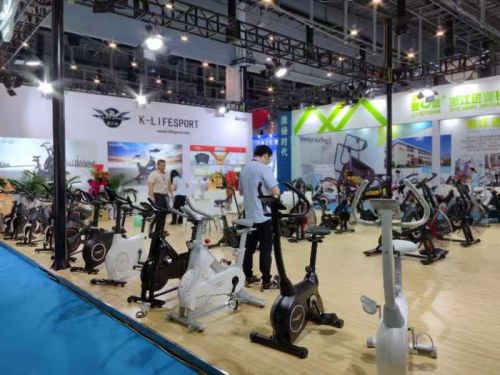
Remember that everyone's preferences and anatomy are different, so what works for one person may not work for another. Take your time to find a bike seat that fits your body well, provides adequate support, and enhances your comfort during your exercise bike workouts.

